Debilitated livestock are commonly presented for treatment, obtained thorough a history about the animal’s husbandry, nutrition, workload, and any previous health problems.
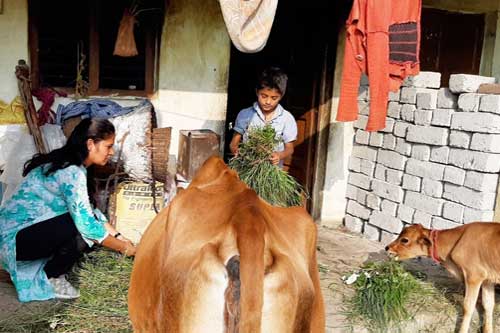
ENERGY INTAKE<ENERGY OUTPUT = WEIGHT LOSS AND DEBILITY
When this imbalance is prolonged, body reserves of fat and muscle are used to provide energy, resulting in a thin, weak animal.
Causes of reduced energy intake:
Insufficient or poor-quality food provided (most common)
- Inability to take in food properly, eg. Overgrowth teeth, sore mouth
- Inability to digest food properly, eg dehydration, diarrhoea, worms.
- Inability to metabolise food properly, eg. Liver disease
Causes of excessive energy output
- Overwork (most common)
- Concurrent disease, pain or fever
- Cold environment leading to excessive loss of body heat.
Principles of management of thin livestock
- Identifying underlying cause: Often both health and management issues are involved so it is important to identify all issues and communicate these to the owner. Where possible, a blood smear should be taken to look for signs of anaemia and blood parasites.
- Communicate with the owner: Discuss improvements which could be made to the energy content of the animal’s diet, using locally available feed, to ensure adequate quality and quantity. Be realistic about what the owner can afford. Emphasise that reducing the animal’s workload is essential if it is to regain condition.
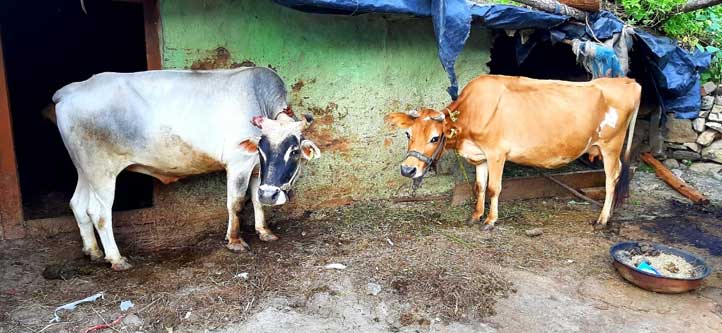
Feeding sick livestock
Sick animals have higher energy requirements than healthy ones.
They may also have a reduced appetite and poorer abilty to digest food efficiently. Aim to give small volumes of high quality, digestible food 5-6 times per day.

Simulate the appetite with small meals of green fodder; this acts as an appetite stimulant, improves gastrointestinal function and provides vitamins, minerals, energy and protein. Adding a cup of vegetable oil; to each feed increases the energy content.
If eating is painful or difficult, feed (such a grain/cereals) can be soaked in water or cooked to make it easier to eat, and digest. Some sick animals may need to be fed by hand.
A sick animal will not eat well if it is nervous or threatened by a more dominant animal next to it. Feed sick animals separately from healthy ones to prevent bullying and ensure that they receive their share.
Feeding lactating livestock
Lactation places a hug drain on nutrient requirements – especially for energy, water, protein, calcium and phosphorus.
Reports state lactating animals require 65% more feed than pregnant ones
This should be accounted for in the feeding of the animal and her body condition should be carefully monitored. A nutritional deficiency in lactation will not only affect their health but will also reduce the quality of the milk and therefore, affect the health of her young one.

Feeding young ones
The young ones grow at an extremely fast rate especially in the first 6 months of life, daily weight gains of over 1 Kg a day is common in this period. Before any milk replacer is offered it is absolutely essential that the young ones have suckled within the first 6 hours of birth so that adequate colostrum is consumed containing a rich mix of antibodies which helps to protect the neonate from disease.
Neonates are very dependent on their mother’s milk during the first few weeks of life.
It supplies all their needs up to 6 weeks of age
The dam’s milk is the main source of nutrition until 4 -5 months of age. Neonates are born with the GIT that do not have the capacity to digest fibre in the first few months of life – this develops as it grows. Some foals eat the mare’s dropping in the first 2 months of life and this coprophagia is thought to help populate the hindgut with bacteria, provide some nutrients, provide exposure to pheromones for growth and other substance which may increase the gut immunity and maturation of the nervous system.
Neonates suckle very frequently- up to 7 times a day in the first week of life
This frequent suckling means it is very important a neonate is left with the dam. This is also essential in building the mother-child relationship.
Dry fodder
About 95% of the animal owners fed mostly straws and stovers like wheat bhoosa for to provide bulk to the feed. There is a significant difference in feeding dry fodder between the work- on season (Both summer and winter) and work-off season for animals. The feeding of dry fodder during the summer (work- on season) is significantly higher than in the work- off-season (rainy) and the winter season.
Green fodder
Livestock owners feed mostly doob/hariyali grass (Cynodon dactylon) which is perennial fodder along with locally available green grass forages, such as oats (Avena sativa) and berseem (Trifolium alexandrinum L.). Doob grass contains 10 – 12% protein and is an important part of the maintenance ration. It is found that feeding of green fodder during the work-on season (both summer and winter) is found to be significantly lower than in the work-off -season.
Concentrate
It is found that the level of concentrate feeding during the winter work-on season is significantly higher than in the summer working season and rainy work-off-season.
Feed supplements
Aware livestock owners described how feeding fresh grass provides adequate energy (28.38%) and protein (27.03%) for the animals. About providing salt (30-50g/day) to their animals to enhance digestion and water intake. They were also found providing jaggery (gud) to protect animals from tiredness and cold and to aid proper digestion. They fed maximum 500g/day jaggery during winter and 100-250g during the summer season; and administered 150-200g ghee twice a month during summer as a protein (39.19%) and energy (58.11%) supplement. During winter they provided 150-200g mustard oil instead of ghee.
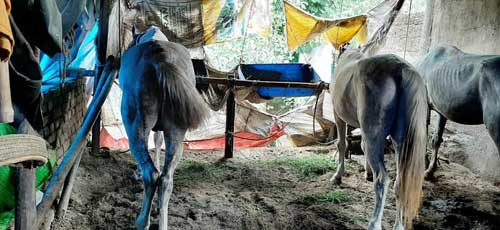
The benefit of mixed feed is evaluated based on
- Enhanced vigour, indicated by speed with which animal returned to work.
- Enhanced alertness, indicated by quick response to stimuli.
- Enhanced body condition, indicated by glowing skin condition.
Lessons learned through participatory trial
The livestock owners reported that the reduced feed intake was due to the absence of salt in feed, the salt level might have affected the palatability of ration. They also felt that bajra, which generates heat, needed to be replaced with wheat bran during the summer season. The mix was adapted accordingly, and in the next few days they found that their animals exhibiting a proper appetite because of the enhanced palatability of the feed. Along with addition of jaggery, mineral mixture and probiotics.
Demand for their technology
The demand for the mix feed grew owing to the positive impact on the animals and its low cost. Chaffing and salting along with adding of Himalayan batisa (given twice daily i.e. 20g given daily). Himalayan batisa is an ayurvedic preparation that helps in curing diarrhoea, slow weight gain, Poor conception rate and abortion. Parameters such as colic, diarrhoea, loss of appetite, and fever were evaluated and the animals found healthy. There is significant variation in feeding practices between the working season (Summer/winter) and work- off season (rainy) and it is found that feeding practice did not depend on season, but it is based on the type of work the animals are involved in.
One Must Change its Approach in Order to Change its Result
Water requirement = 1L/10 kg bwt. + 1.5L/1L milk produced.
Cereals requirement = 1kg/day (maintenance ration) + 1kg extra/day for 2kg milk (production ration).
Azolla that is an aquatic green protein rich fodder that requires only water to grow. It contains proteins, vitamins, minerals, and water. Feeding this improves the increases rumen bacterial synthesis, immunity, improves the reproductive system, increases the growth rate, good healthy udder and hence increases milk production.
Treatment of ectoparasites must be done routinely since they continuously suck on the blood making our animals weak and debilitated.
PROTECTING NATURE, PRESERVING LIFE
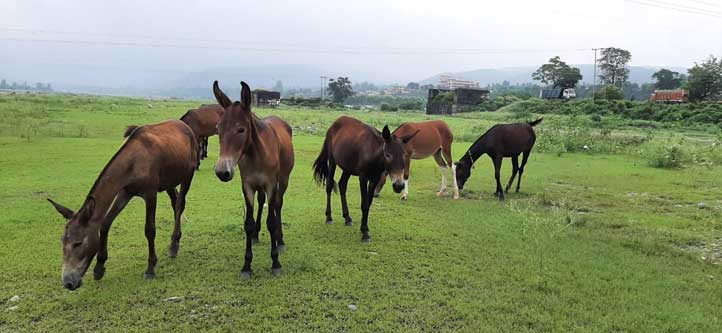


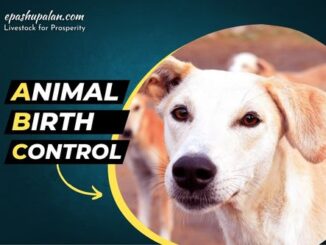
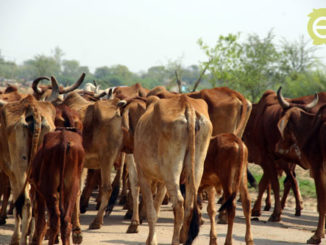
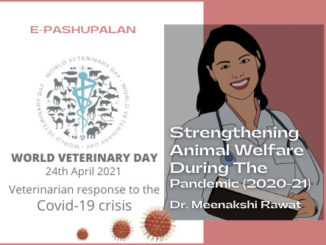

Be the first to comment